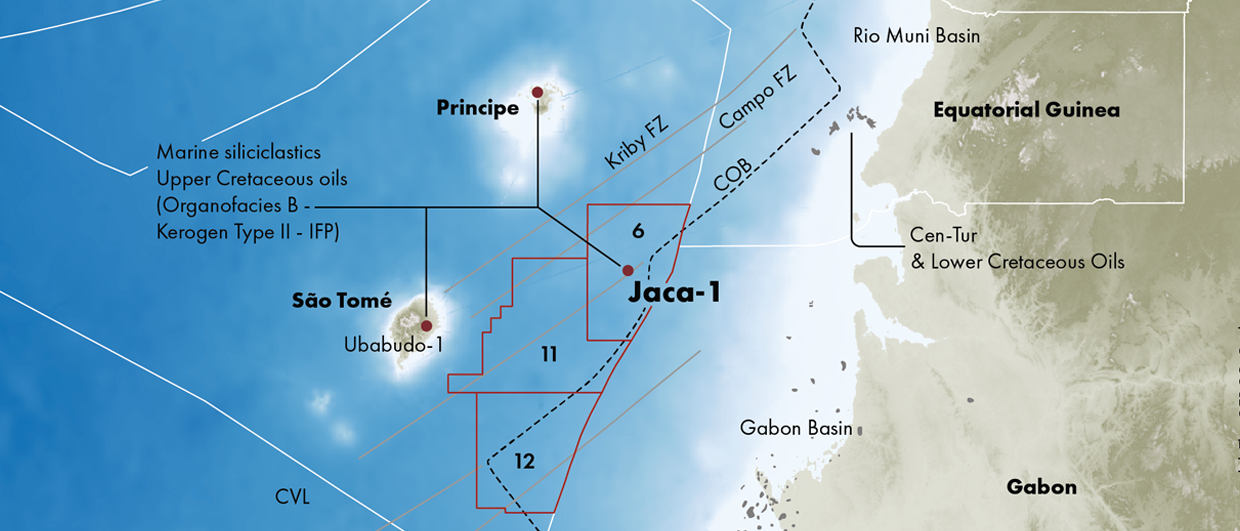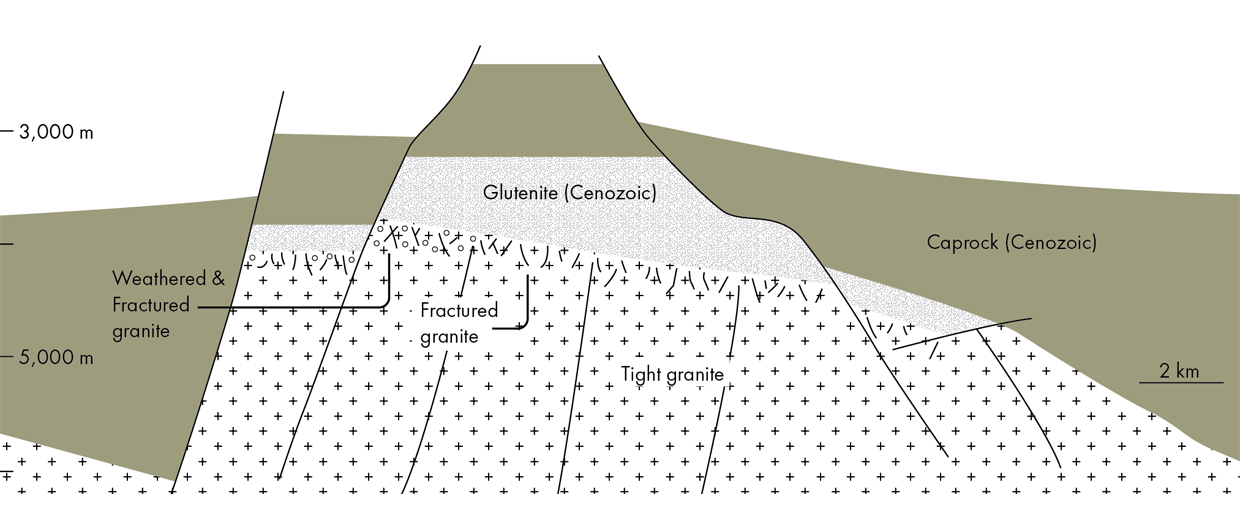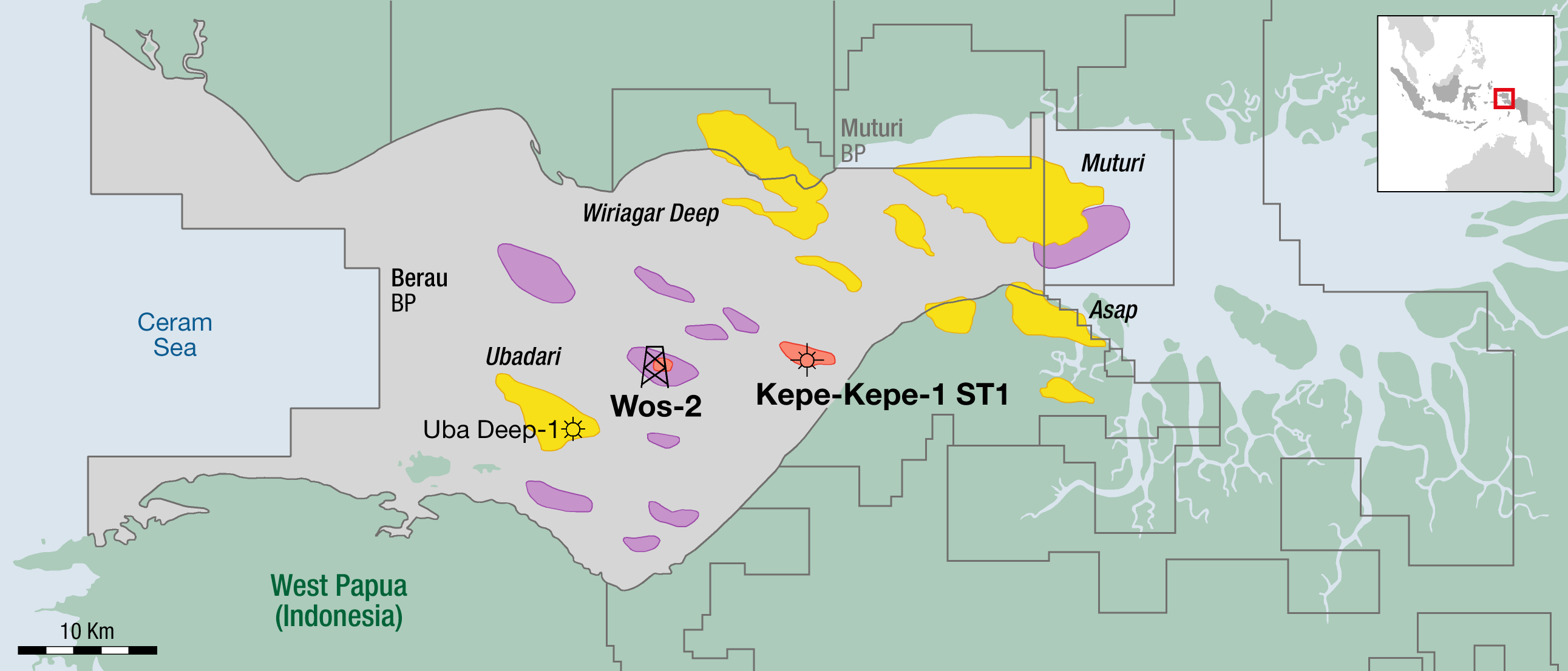The 2006 discovery at Tupi, offshore Brazil, opened up a new chapter for petroleum reservoirs: lacustrine carbonates capable of producing hydrocarbons at extremely high rates.
Introduction
The 2006 discovery at Tupi, offshore Brazil, opened up a new chapter for petroleum reservoirs: lacustrine carbonates capable of producing hydrocarbons at extremely high rates. Several recent studies have started to unravel the mystery of these poorly understood and highly varied reservoirs; however, many questions remain.
Pre-Salt Carbonate Reservoirs
Satellite image of Great Salt Lake with the location of Rozel Point, Bridger Bay, and Lakeside. National Agriculture Imagery Program, 2016. Source: Utah Geological Survey. Top right: Map showing location of Great Salt Lake, the outline of Pleistocene Lake Bonneville, and some of the towns and cities including Salt Lake City. Source: UGS.
Since the Tupi (now called Lula) discovery, Lower Cretaceous, pre-salt lacustrine carbonates have been found to host giant petroleum discoveries in the South Atlantic rift basins on both sides of the Atlantic. Early in the rifting event when South America and Africa parted ways, much of the area was covered by extensive lakes. Successions of varied lacustrine carbonates were deposited along what is now the South Atlantic margins off Brazil and West Africa.
Coquina reservoirs, consisting of shell fragments accumulated on lake margins, have been found in small fields in shallow water off Brazil. However, the pre-salt reservoirs, particularly in the Santos Basin deepwater, are very different. Referred to as ‘microbialites’ when first discovered, their origin has recently come into question. There is good evidence that these carbonates formed in shallow basins abiotically and the ‘microbialites’ do occur but make up a less important portion of these carbonates. While there are similarities in these reservoirs both across the South Atlantic and north-south along the margins, there is much variation between them as well. From area to area they exhibit distinct stratigraphic patterns and diagenetic histories, with modes of formation varying from distinctly biotic to abiotic. These differences may be explained by the variability in climate, geology, and chemistry of the lakes where the carbonates were deposited.
Knowing the depositional settings for contrasting lacustrine facies is necessary to help interpret and model these important reservoirs.
Carbonate Reservoir Locations
Lacustrine deposits, both modern and ancient, can be found all over the world;
Western Australia
Oman
Namibe
Italy
Turkey
East Africa
Argentina
Spain
Some of the best documented lacustrine deposits are located in the western United States and include the modern Great Salt Lake, Mono Lake, Pyramid Lake and the Eocene Green River Formation. Utah and surrounding states have become one of the many destinations for several international groups looking to better understand lacustrine reservoirs.
Great Salt Lake Study Areas
Tufa towers emerging from the surface of Mono Lake, California. Underwater springs rich in calcium mix with the carbonate-laden lake water to create limestone, which builds up to form the tufa towers now exposed at lower lake levels. Photo credit: Thomas Smith.
At times during the Pleistocene, a large, freshwater lake covered north-western Utah and extended into the adjacent states of Nevada and Idaho. The ancient Lake Bonneville covered over 52,000 km2. All that remains is the 4,190 km2 Great Salt Lake, the largest lake in the US outside the northern Great Lakes.
“Great Salt Lake is an excellent locale to study recent microbialite formation as well as abiotic carbonate deposits,” says Michael Vanden Berg, Energy and Minerals Program Manager for the Utah Geologic Survey. “Microbialite domes, mats and ridges, as well as spring deposits, coated grains and shoreline tufas are widespread in and around Great Salt Lake. Two readily accessible areas for study are Rozel Point in the northern portion of the lake and Bridger Bay located at the northern tip of Antelope Island, in the south arm of the lake. The early Great Salt Lake shoreline deposits at Lakeside also provide accessible meter-scale travertine mounds and associated microbialites from past higher lake levels.”
Travertine terraces at Mammoth Hot Springs, Yellowstone National Park, Wyoming. Photo credit: Thomas Smith.
Pleistocene Monk’s head bioherm reef, now exposed along the shoreline of Great Salt Lake, Utah. Photo credit: Michael Vanden Berg, UGS.
Holocene microbialite domes along the current margin of Great Salt Lake, Utah. Photo credit: Michael Vanden Berg, UGS.
The Lakeside Outcrops
Travertine deposits along the shoreline at Lakeside, Utah, Great Salt Lake, transition into various bioherm morphologies offshore. The travertine carbonates were fed from mesothermal springs and formed terraces, cascades and mounds, draped bedrock and coated boulders. Source: Peter Homewood.
“The Lakeside area provides field-based data that show how highly porous facies can be linked together within travertine and microbialites,” says Peter Homewood of Geosolutions TRD, France. “These carbonates are composed of site-specific minerals deposited before diagenesis, and demonstrate that the travertine and microbialite scenarios can be intimately associated rather than mutually exclusive for interpreting pre-salt reservoirs.”
Offshore from the travertine deposits are the various forms of the microbialites, such as those shown in the introductory photographs.
“The alkaline groundwater can promote growth of both onshore travertine and lacustrine microbialites in the same depositional system,” says Dr. Homewood. Researchers also discovered that different carbonate minerals are closely linked with specific depositional environments, water temperature and chemistry. Major lake level changes drove the geothermal alkaline groundwater systems, with a wide range of temperatures recorded from the travertines due to progressive flushing from depth and mixing with surface water.
Travertine cascade coating stepped mini-terracette, Lakeside, Great Salt Lake. Photo credit: Peter Homewood.
Travertine encrusting a bedrock cliff, Lakeside, Great Salt Lake. Photo credit: Peter Homewood.
Vents propagated from bedrock through mounds to feed travertine layers, Lakeside, Great Salt Lake. Photo credit: Peter Homewood.
“The real tale here at Lakeside is that we have travertine and microbialites that were deposited adjacent to each other and during the same intervals, showing that they are not mutually exclusive,” concludes Dr. Homewood. “Travertines and microbialites compete in opposing scenarios that are commonly used for interpreting reservoir facies observed in South Atlantic late sag phase pre-salt lacustrine carbonates. Early Great Salt Lake shoreline deposits at Lakeside provide spectacular outcrop analogs for these reservoir facies.”
Analog or Not?
Holocene microbialite domes covered with living microbial mat, Bridger Bay, Antelope Island, Great Salt Lake. Photo credit: Will Hurlbut, UGS.
“Microbialites have been forming in diverse basin types from the Neoproterozoic to the Recent,” says Webster Mohriak, researcher at the State University of Rio de Janeiro and South Atlantic margins expert. “During periods of sea-level rises in a desiccating basin, carbonate buildups (stromatolites) and reefs are commonly found. In basins affected by volcanic or hydrothermal episodes, chemical abiotic precipitation of carbonates occurs in the form of travertine and tufa deposits with secondary biogenic growth. These carbonates are commonly reworked in higher energy environments leading to the deposition of detrital carbonates. All these types can be found in the pre-salt reservoirs offshore Brazil.”
Webster’s observations are backed up by recent publications of the National Agency of Petroleum (ANP) for Brazil on Brazil’s pre-salt reservoirs. In a 2013 Geological Assessment, they identify the Itapema and Barra Velha formations in the Santos Basin as “carbonate rocks formed by coquinas and /or microbialites.” Petrobras used the present-day carbonate rocks deposited at Lagoa Salgada (Salty Lake) in Rio de Janeiro State as analogs to the reservoirs in the Santos Basin. The microbial carbonates are found in both the Santos and Campos basins, just below the salt layer, on the sag (post-rift) and upper rift layers. They identify a variety of coquinas, graded and closely packed spherulites, and laminated to massive calcilutites.
New Geochemical Modelling for Carbonates
Contrasting with past microbialite interpretations for much of the pre-salt carbonates, V. Paul Wright of PW Carbonate Geoscience, Cardiff, UK and Nick Tosca at the University of Oxford, UK published a 2016 paper presenting an evaporitic geochemical model for the Aptian Barra Velha Formation pre-salt reservoirs in the Santos Basin, offshore Brazil. The authors have observed similar carbonate precipitation in Lake Chad (central Africa) leading to the growth of spherulites. They do admit in their paper “that there are several different reservoir types in the South Atlantic pre-salt”. Their model for the Barra Velha “invokes shallow evaporitic lakes, with the carbonates of largely abiotic origin produced with magnesium-silicate gels, which later formed clay matrices, and consequently dissolved, creating much of the porosity and impacting later diagenetic events.”
Dr. Wright has authored several more recent papers on the pre-salt lacustrine carbonates and also has studied some of the Utah ‘analogs’. “What we have found is that there are different reservoir types in the South Atlantic pre-salt,” says Dr. Wright. “Lake deposystems are controlled by often highly complex hydrological factors reflecting the interaction of local climate, tectonics and the composition of the catchment geology. We have a much clearer picture now of their diversity and what was controlling their compositions, architectures, porosity types and diagenesis.
Pre-Salt South Atlantic Carbonate Reservoirs
The best reservoir facies in the Barra Velha Formation consist of in-situ cm-sized crystal shrubs made of radiating fibrous calcites and resembling abiotic travertines. Photo credit: Paul Wright.
“The Barra Velha reservoirs are remarkably uniform in terms of their composition,” continues Dr. Wright. “Their two main grain types are either in-situ or reworked. The best reservoir facies consist of in-situ centimeter-sized crystal shrubs made of radiating fibrous calcites and resembling abiotic travertines.” Currently, most experienced sedimentologists who have seen the Barra Velha or its equivalents generally agree on the abiotic generation of these carbonate facies.
For the pre-salt South Atlantic reservoirs, it would seem that analogs abound around the world and greatly vary in ways we are only beginning to understand. Great Salt Lake provides one place where some of this variety comes together, from abiotic travertine deposits to bioherms in the form of reefs and carbonate buildups. It has become important to properly characterize the environment that led to carbonate deposition in order to explore these carbonate reservoirs. The Barra Velha Formation and its equivalents, “represent shallow lake deposits with the potential for similar facies present off the main structural blocks,” Dr. Wright points out. “The same facies can be found in the West African basins and may extend well east of the explored areas in both the Santos and Campos Basins.
“The problem is there is no direct analog for these complex and highly productive reservoirs and that has caused a controversy over their interpretation,” adds Dr Wright. “Conditions in the Cretaceous were unique to that period in creating vast, hyper-alkaline lakes, probably due to CO2 derived from the mantle.”
However, as Michael Vanden Berg points out “Even though there may be no direct analogs, the general study of lacustrine deposits is still very important to the understanding of all lacustrine reservoirs, including the Cretaceous pre-salt reservoirs found offshore Brazil.”
Further Reading on Carbonate Hydrocarbon Reservoirs
A selection of GEO ExPro articles similar in content or related to carbonate reservoirs.
Mediterranean Carbonate Potential: Lessons from Existing Discoveries
Raffaele Di Cuia and Alberto Riva, GEPlan Consulting
The opening of new areas and the changing regional political and economic situation, together with innovative technologies, new seismic data and improved imaging, have revitalised exploration activity in the Central and Western Mediterranean. Analysing the characteristics of previous carbonate discoveries can help future exploration activity.
This article appeared in Vol. 13, No. 1 – 2016
Australia on the Map
Heather Saucier
Through researching the carbonate deposits in her country’s back yard, a geotechnical engineer is pioneering industry advances on the seafloor.
This article appeared in Vol. 13, No. 1 – 2016
Heavy Oil from an Ancient Reef
Eugene A. Dembicki And Tom J. Podivinsky Athabasca Oil Corporation, Calgary, Canada
New data from the northern terminus of the Leduc reef trend in western Canada shows a karsted carbonate reservoir with exceptionally high porosities and permeabilities and, in places, bitumen-filled caves. This area is a prime prospect for bitumen development and a new technique, thermal assisted gravity drainage, is being used to recover the hydrocarbons.
This article appeared in Vol. 9, No. 6 – 2013





